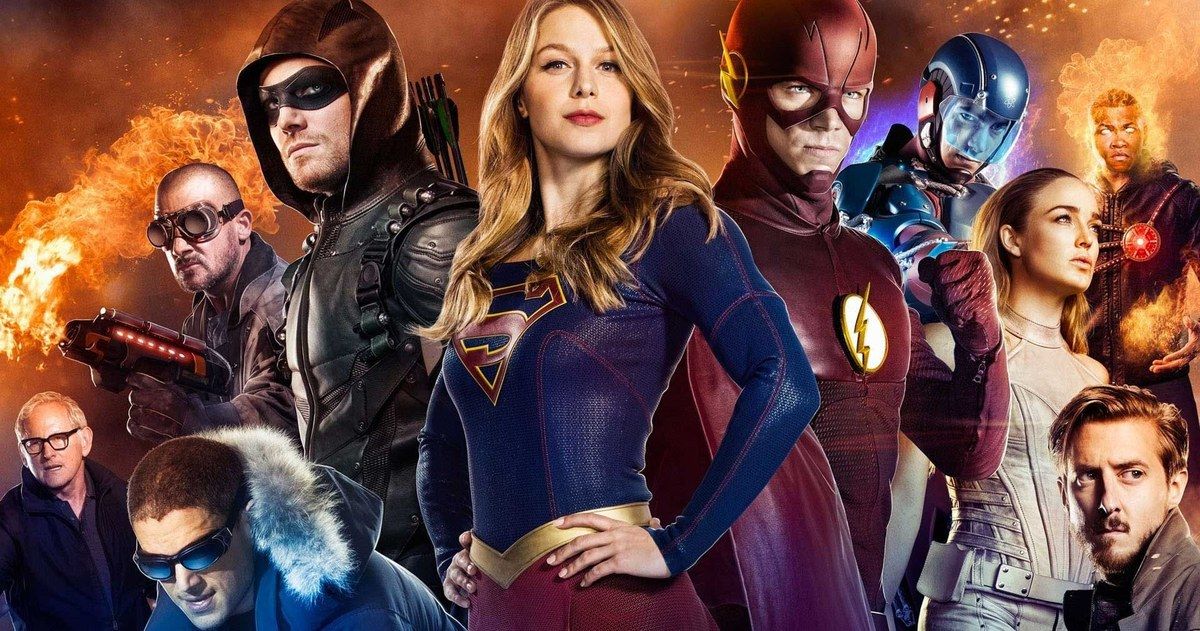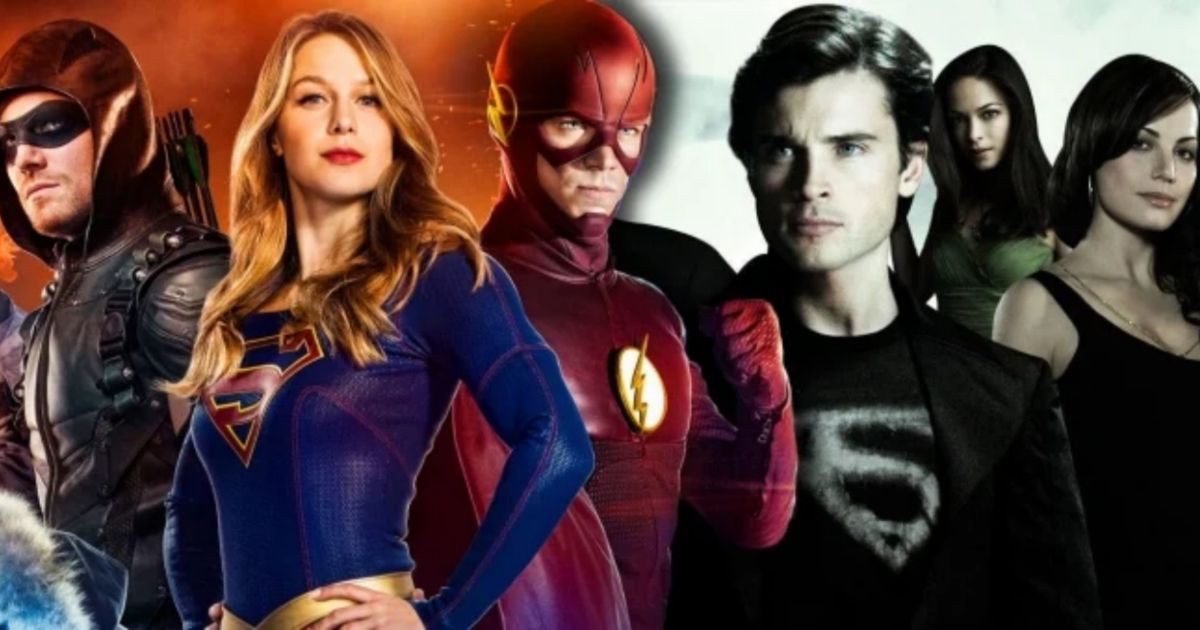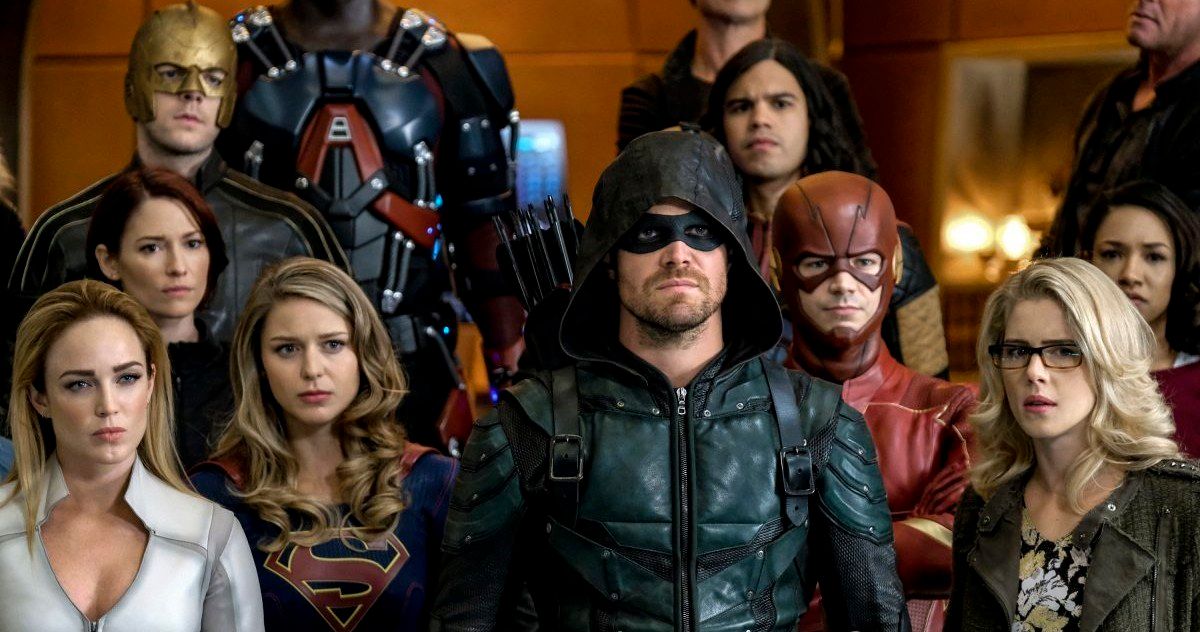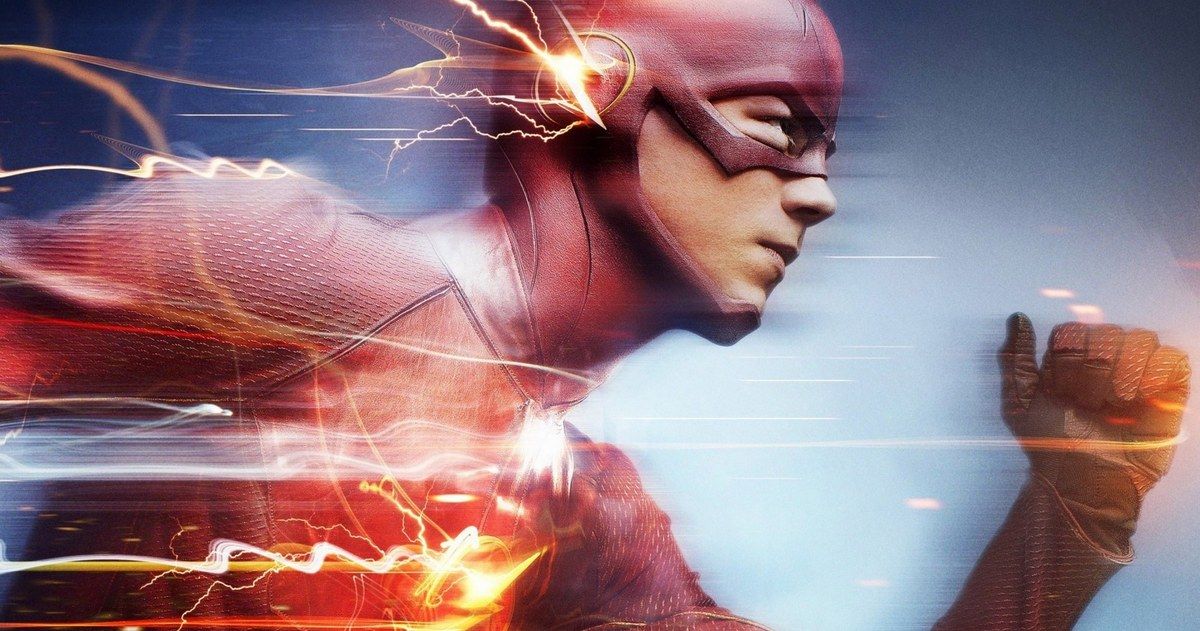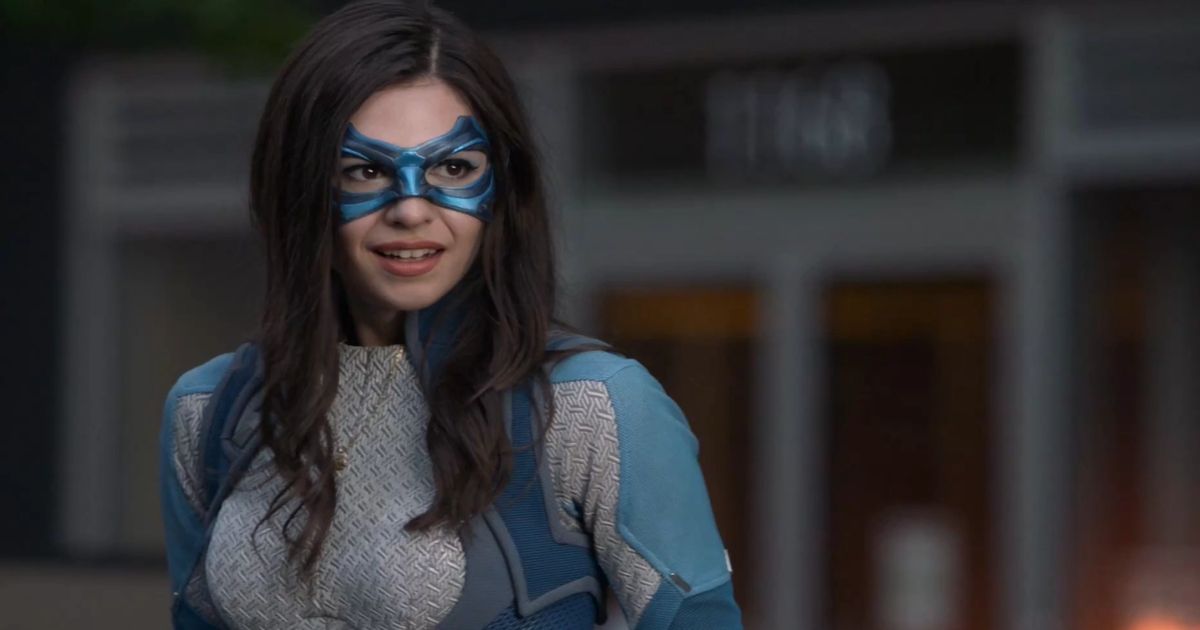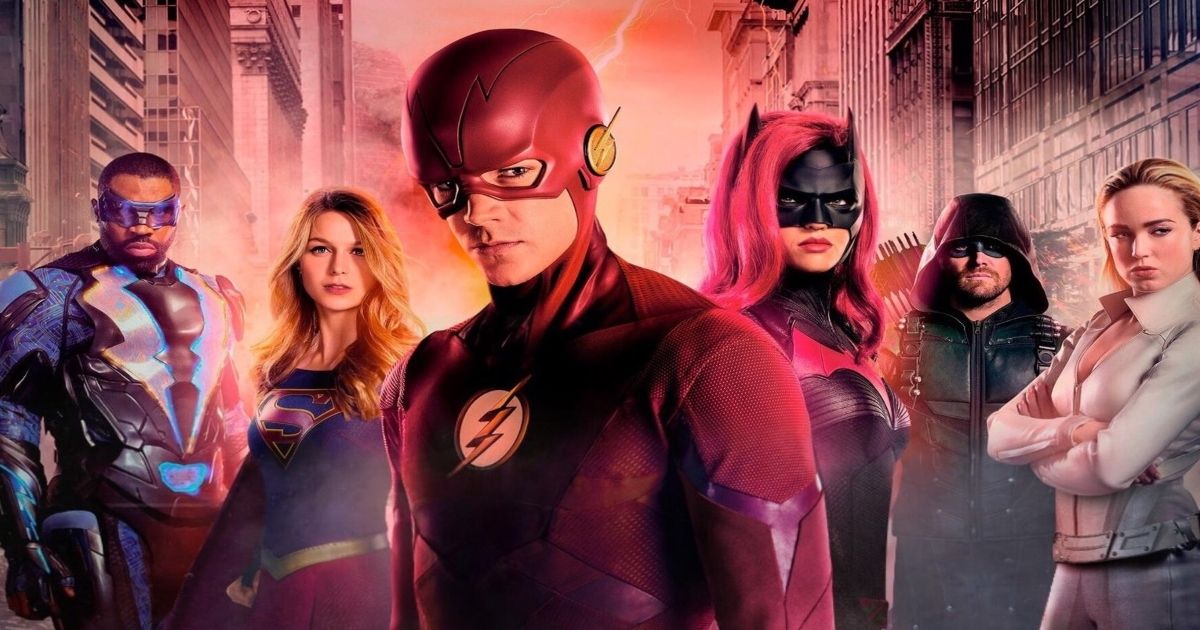The Arrowverse is a shared universe of DC television series that includes Arrow, The Flash, Supergirl, Legends of Tomorrow, Black Lightning, and Batwoman. The franchise started in 2012 and the final season of The Flash, which premiered on February 8, 2023, will mark the conclusion of the long-running franchise. The Arrowverse is ending, but in terms of DC, more focus has been put on the end of the original DCEU and the beginning of James Gunn's new plans for an interconnected DCU.
Yet it is a mistake to discount the Arrowverse, in fact, the franchise might have been one of the most beneficial things for the DC brand over the 2010s, more so than any comics or the attempts at the interconnected films of the DCEU. The Arrowverse redefined superhero television and had an impact on not just DC but Marvel as well, and also helped popularize many characters to general audiences that only comic book fans knew originally.
Television is different than it was before the Arrowverse, and DC's various characters are the overall brand of the company is certainly in a drastically different place than before the franchise. These are five of the biggest ways the Arrowverse left a major impact.
Brought Superhero Television Into a New Age
It is hard to believe now how much superhero media dominates popular discourse but there once was a time when superheroes on television seemed like a risk. Smallville was a success and ran for 10 seasons, but that was the exception, not the rule. In the 2010-2011 television season which was the same one that Smallville conclude during, the high-profile superhero series No Ordinary Family and The Cape were quickly canceled while David E. Kelly's Wonder Woman series was passed over.
Arrow premiered in the 2012-2013 television season and proved to be a big enough hit that in season two, they planted the seeds for The Flash which would air in the 2014-2015 television season. It was during this time period that Marvel premiered Agents of S.H.I.E.L.D. and would strike a deal with Netflix to produce Daredevil, Jessica Jones, Luke Cage, Iron Fist, and The Defenders. Projects like Umbrella Academy and The Boys, which had been in development for years as films, were shifted over into television projects. Arrow and its various spin-off series helped prove that superhero stories could exist on television just as well as they could on the big screen.
A Strong Shared DC Universe
The Arrowverse launched with Arrow in October 2012, eight months before Man of Steel would kick off Warner Bros. plans for a shared cinematic universe of films called the DCEU. In the three-year period between Man of Steel and Batman V Superman: Dawn of Justice, Arrow continued and was joined by The Flash, Supergirl, and Legends of Tomorrow. Black Lightning and Batgirl followed, and there was an entire interconnected universe of DC heroes for fans to enjoy on television that was running at a consistent pace while the DCEU film side continued to struggle.
Multiple television series running at the same time with over twenty episode seasons meant audiences could truly immerse themselves in this shared universe in a way the films never could. The Arrowverse was filled with heroes, villains, and character relationships that stretched across the series. There was an entire history and mythology that was shared between the series that made the universe feel fleshed out and as intricate as the MCU.
Arrowverse Helped Make the Multiverse Mainstream
In 2014, during the premiere episode of The Flash, the episode ended with a tease of an adaptation of Crisis on Infinite Earths. What seemed like just a fun easter egg at the time eventually grew into what would become a major plot device of not just The Flash series but the entire Arrowverse.
In 2016, when Supergirl was still on CBS, they had a crossover with The Flash where Barry Allen traveled from his universe to the one on Supergirl which help popularize the multiverse concept and would eventually culminate in the epic crossover Crisis on Infinite Earths which featured cameos from characters in a wide array of DC adaptations including Lucifer, Superman Returns, Adam West's Batman, Birds of Prey, and even the DCEU.
Mainstream audiences are now pretty accustomed to the multiverse through MCU projects like Spider-Man: No Way Home and Doctor Strange in the Multiverse of Madness, or the Academy Award-nominated Everything Everywhere All At Once, but the Arrowverse certainly helped lay down the foundation for the multiverse for mainstream audiences, particularly young viewers who were tuning into the Arrowverse series while they were airing or streaming on Netflix.
Progressive Storytelling For Superhero Stories
Superhero stories have always had roots in social change, from early Superman stories to the civil rights allegory of the X-Men comics. While the films of the MCU and DCEU have tried to make progress in terms of socially progressive stories and great representation, but it has often been slower. This could likely due to the long time it takes to make a movie but also needing the films to appeal to as many audiences as possible particularly overseas market.
Yet while the MCU and DCEU took their time, the Arrowverse was leaps ahead of both shared universes in terms of representation and tackling social issues due to the fact that the television series cost less than the movies, so they could afford to take more creative risk.
Supergirl was a female-fronted superhero project released two years before Wonder Woman would hit theaters, while also a show with multiple LGBTQ+ characters and used its emphasis on aliens to become an allegory for immigration, xenophobia, and the power of journalism during the Trump administration. For instance, the series introduced Dreamer, which was the first trans superhero, a character so popular DC brought her into the comics.
Both The Flash and Batgirl dealt with the real-world Black Lives Matter movement and the role of cops in these superhero stories. Black Lightning was the star of his own television series a few months before Black Panther hit theaters. Zari Tomaz from Legends of Tomorrow was the first Muslim superhero. Batgirl featured two queer superheroes at a time when both the MCU and DCEU have still yet to put one as a lead. The entire Arrowverse was filled with characters that came from every walk of life, one that made it not only feel more real but a place that was welcoming to all viewers.
Helped Popularize Lesser Known Characters and Concepts
It is no understatement that the Arrowverse's biggest contribution to popular culture might just be how many characters and concepts they popularized for mainstream audiences. Before the franchise, audiences likely knew who Green Arrow and The Flash were in a vague sense but did not know their secret identity or much of their mythology. Now audiences are familiar with them, their supporting characters, and their villains.
Supergirl, Black Lightning, Batwoman, and many other heroes across the Arrowverse have been given a great spotlight than ever before. Cult heroes like Ragman, Vibe, Batwing, Brainiac-5, The Atom, and Vixen are just a few names that have been given a major boost in popularity because of the Arrowverse.
Television series tend to have a way of impacting the comic books and a character's wider perception in popular culture. The Penguin and the Riddler were upgraded to iconic Batman villains due to their involvement in the 1960s Adam West Batman series. Mr. Freeze's general personality and motivation are drawn from his appearance in Batman: The Animated Series. Static Shock is mostly known to audiences because of his popular animated series. The Arrowverse has given a new sense of life to see these characters.
Before the Arrowverse, DC's emphasis was still on the big characters like Superman, Batman, and Wonder Woman. Over the decade that the excellent Arrowverse was on television, though, audiences were given a slew of new characters to become fans of that will carry on for years.

